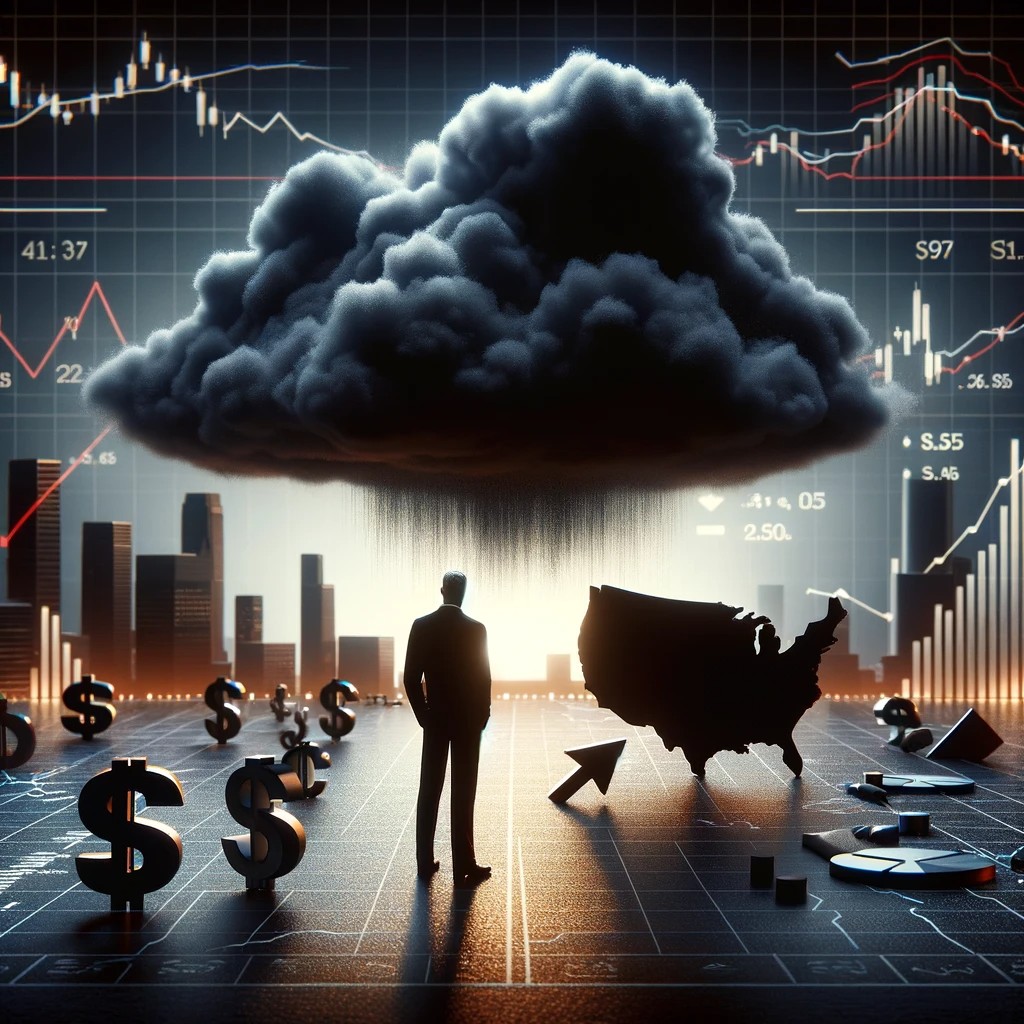Jamie Dimon, the chairman and CEO of JPMorgan Chase, recently painted a rather gloomy picture for the U.S. economy, likening the nation’s escalating debt to a high-speed drive toward a cliff. During a panel at the Bipartisan Policy Center, Dimon didn’t mince words about the dire consequences if the federal government fails to address this burgeoning issue.
Reflecting on the economy’s state back in 1982, with soaring inflation and unemployment rates juxtaposed against a significantly lower debt-to-GDP ratio, Dimon pointed out the stark difference with today’s scenario. Currently, the U.S. debt-to-GDP ratio stands over 100% and is projected to balloon to 130% by 2035. Dimon vividly described this as a ‘hockey stick’ moment on the horizon, a point of no return where global markets, heavily invested in U.S. debt, might revolt.
U.S.’s Predictable Crisis: A Debt Time Bomb
Joining Dimon in this grim forecast was former House Speaker Paul Ryan, who dubbed the snowballing debt “the most predictable crisis we’ve ever had.” The Congressional Budget Office’s latest findings only add to this bleak outlook, predicting the national debt to nearly double over the next three decades. By 2053, the debt could reach a staggering 181% of the GDP, a level unprecedented in U.S. history.
Dimon, known for his straight talk, suggested a solution that might raise a few eyebrows: taxing the rich more. At the same discussion, he emphasized the need for increased financial support for low-income populations. Advocating for an expansion of the Earned Income Tax Credit (EITC) and the Child Tax Credit, Dimon proposed funding these initiatives by increasing taxes on wealthier Americans.
A Taxing Solution and Bipartisan Agreement
In Washington, D.C., where political divisions run deep, Dimon’s stance on taxation resonated with many, albeit with differing opinions on implementation. His view aligns with a growing consensus that the rich could contribute more to alleviate economic disparities. This approach, however, diverges from traditional conservative views, yet finds an unlikely ally in Paul Ryan, especially regarding the contentious State And Local Tax (SALT) deduction.
Dimon’s agreement with Ryan on abolishing SALT, a move that would primarily impact residents of affluent, predominantly blue states, underscores his pragmatic approach to fiscal policy. It’s a stance that doesn’t always endear him to his New York peers but reflects his commitment to broader economic stability over regional preferences.
This dialogue, however, extends beyond tax policies and deductions. It speaks to a larger narrative about the U.S.’s economic trajectory, where rising debt levels threaten to destabilize the nation’s financial standing in the global arena. The conversation steered by leaders like Dimon and Ryan isn’t just about numbers and policies; it’s a critical discourse on the U.S.’s future, its economic principles, and the kind of legacy it intends to leave for the next generation.
Bottomline is the U.S. stands at a critical juncture, with its economic future hinged on decisive action against a mounting debt crisis. The insights from influential figures like Jamie Dimon offer a stark reminder of the challenges ahead, urging a reevaluation of fiscal strategies and social responsibilities. As the U.S. navigates these turbulent economic waters, the decisions made today will undoubtedly shape the country’s tomorrow.





